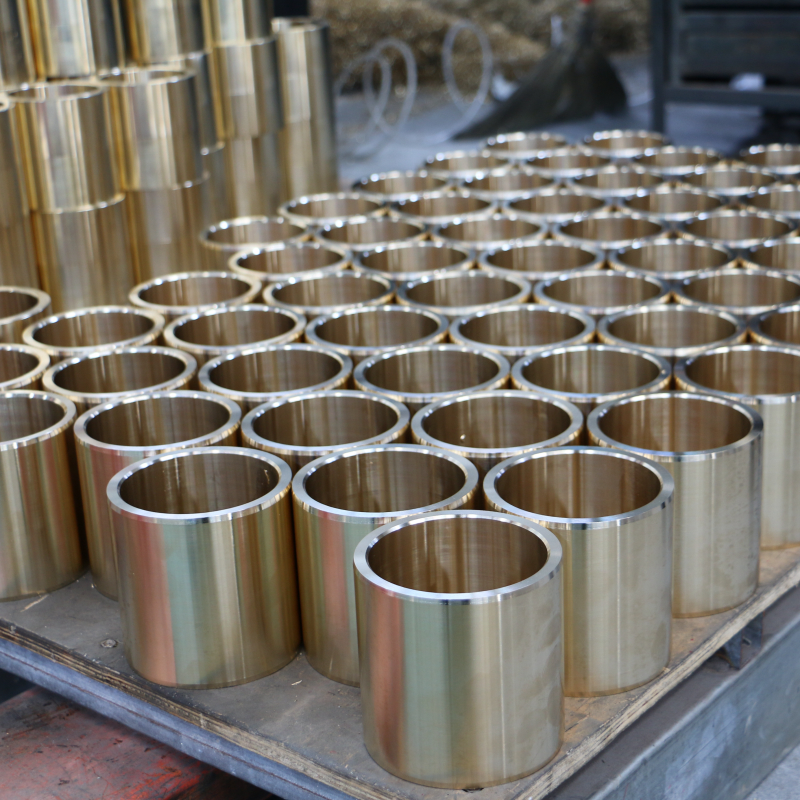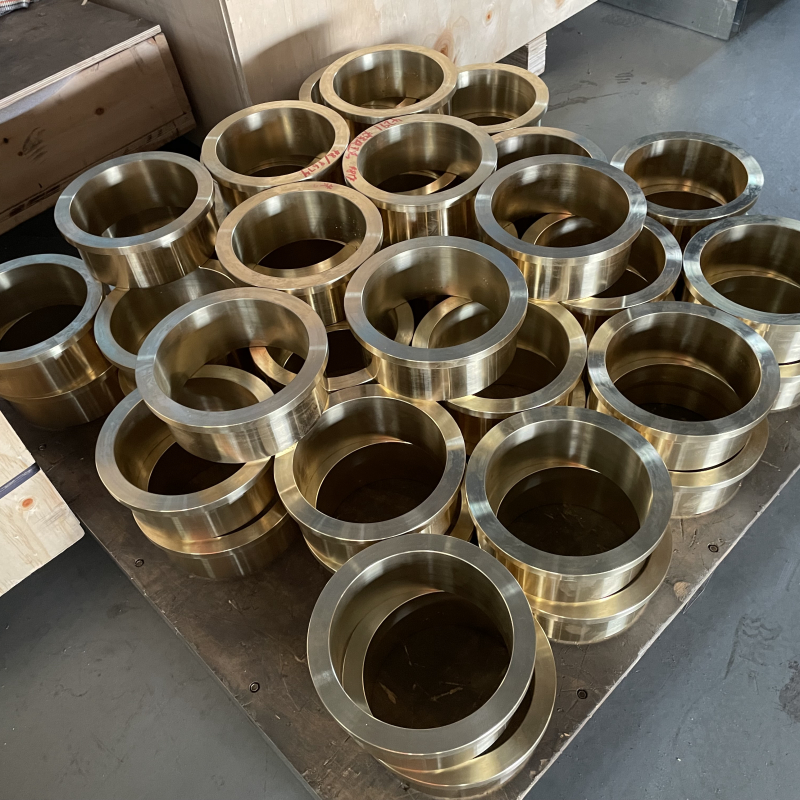Tensile test can accurately determine the yield strength of copper, at the same time tensile test of some factors will also have an impact on the yield strength of copper, specific as follows:
First, the tensile speed
When the tensile speed is slow:
The copper material has enough time for the adjustment of the internal structure and the movement of dislocations. In this case, the material is more prone to plastic deformation, the yield strength may be relatively low.
Slow stretching allows the material to deform more uniformly, reducing the possibility of localized stress concentrations, which may allow the material to begin yielding at lower stresses.
When stretching is faster:
Dislocation movements and structural adjustments within the copper material do not take place in sufficient time. This causes the material to be subjected to higher stresses before yielding occurs, so the yield strength will be relatively high.
Rapid stretching may cause an increase in localized stress concentrations, allowing the material to reach the yield point quickly at higher stress levels.

Test Temperature
At lower temperatures:
The thermal movement of the atoms of copper is weakened and dislocation movement is more impeded. The material becomes harder and the yield strength rises.
At lower temperatures, the crystal structure of copper is more stable and less prone to plastic deformation, requiring higher stresses to induce the material to yield.
At higher temperatures:
Atomic thermal motion increases and the interatomic bonding of the material weakens. This makes copper more susceptible to plastic deformation and lower yield strength.
Higher temperatures promote the movement and diffusion of dislocations, reducing the ability of the material to resist deformation, which leads to a decrease in yield strength.

Third, the specimen shape and size
When the cross-sectional area of the specimen is large:
At the same tensile load, a specimen with a large cross-sectional area is subjected to relatively small stresses. This may make the material appear as if it has a lower yield strength.
Large specimens have a relatively high number of internal defects and inhomogeneities which may initiate localized yielding at lower stresses, thus affecting the overall yield strength measurement.
Smaller specimen cross-sectional area:
Specimens with small cross-sectional areas are subjected to relatively high stresses in tension. This may cause the material to yield at higher stresses, biasing the measured yield strength.
Smaller specimens may be more representative of the homogeneity of the material and reduce the effect of internal defects on the yield strength, but they may also bias the results from reality due to size effects.
| Previous:What are the mechanical properties of copper bushings? | Next:What is the standard coefficient of friction for copper bushing? |




 Copyright © 2022
Copyright © 2022